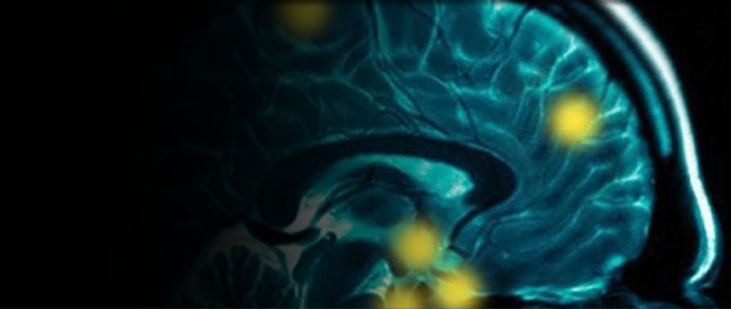By Suzanne Oosterwijk, Kristen A. Lindquist, Morenikeji Adebayo, and Lisa Feldman Barrett | Social Cognitive and Affective Neuroscience | July 14, 2015
Abstract:
Negative stimuli do not only evoke fear or disgust, but can also evoke a state of “morbid fascination” which is an urge to approach and explore a negative stimulus. In the present neuroimaging study, we applied an innovative method to investigate the neural systems involved in typical and atypical conceptualizations of negative images. Participants received false feedback labeling their mental experience as fear, disgust or morbid fascination. This manipulation was successful; participants judged the false feedback correct for 70% of the trials on average. The neuroimaging results demonstrated differential activity within regions in the ‘neural reference space for discrete emotion’ depending on the type of feedback. We found robust differences in the ventrolateral prefrontal cortex, the dorsomedial prefrontal cortex and the lateral orbitofrontal cortex comparing morbid fascination to control feedback. More subtle differences in the dorsomedial prefrontal cortex and the lateral orbitofrontal cortex were also found between morbid fascination feedback and the other emotion feedback conditions. The present study is the first to forward evidence about the neural representation of the experimentally unexplored state of morbid fascination. In line with a constructionist framework, our findings suggest that neural resources associated with the process of conceptualization contribute to the neural representation of this state.



